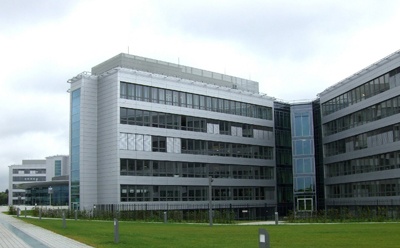It’s a joint effort – Part 2 - Stakeholders
Part 1 of this blog series outlined the key elements for success with the new SAP Revenue Accounting and Reporting Application. This post focuses on the importance of bringing together all of the stakeholders.
The multitude of projects our consultants at Bramasol have been working on in the area of SAP revenue recognition have made it very clear to us that projects run only well if all major stakeholders are engaged and work together.
The new guidelines are mandatory for all entities reporting under them – so they are all facing the same deadline. Still, we have discussions with customers where it becomes obvious that in some cases, only a single interested party in an organization seems to really drive the project - with others abstaining or worse yet, impeding progress.
We also have discussions where it is clear that the whole organization has realized the importance of close coordination between all stakeholders – these projects sometimes bring together managers and specialists for the first time, but they pull together as one. The difference is not whether a project will be completed – it has to, there is no alternative -, the difference lies in how painful the process will be, what time and effort it will have cost to complete.













 The first step to success is revenue accounting.
The first step to success is revenue accounting.
